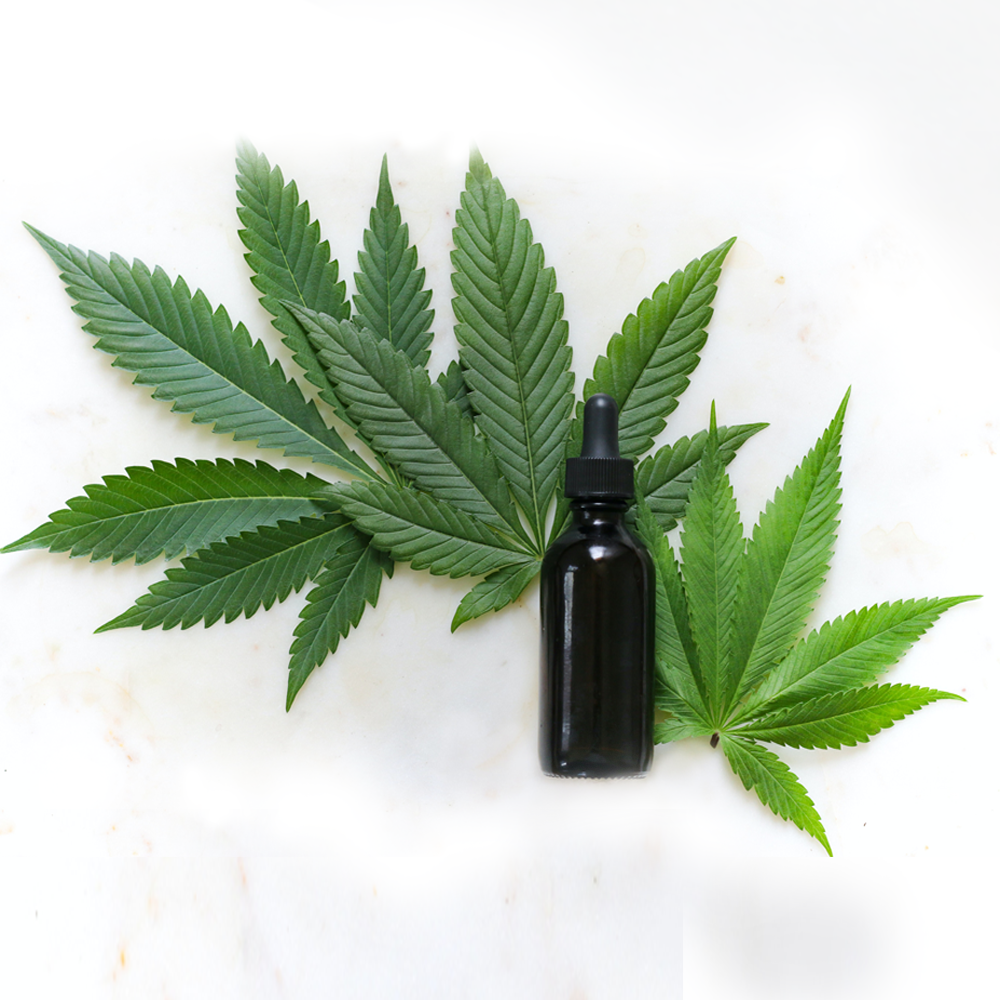
Share
Know Your Bud: A Guide To Different Types Of Dry Herb
The dry herb you can purchase in licensed dispensaries is in pristine condition. Licensed craft hemp growers take extra special care to only package the best bud for dispensary shelves. However, what type of bud is the best bud? And what types of dry herb are there? Does it matter which one you purchase? And how are these different types of buds created? Read on to learn all you wanted to know and more about how hemp is trimmed and classified.
Why Is Dry Herb Trimmed?
When hemp plants are harvested, they are often unrecognizable by the average dry herb smoker. That is because the plant is typically harvested in stalks, dried, and then trimmed down to the perfect buds you see in jars at dispensaries. These stalks of hemp look more like fluffy corn stalks than fluffy dry herb. It takes time, patience, and a bit of skilled trimming to prune a hemp plant down to just the bud. But why go through this process, besides to make the bud look pretty?
Trimming helps remove the excess parts of the hemp plant, like the stems, seeds, and leaves. Not all leaves are trimmed off the hemp plant though. A skilled Trimmer is working to cut away at the stalk until a dense nug of bud is left. The dense bud, or flower, on the hemp plant contains the highest percentage of cannabinoids, such as CBD. This bud is what is typically sold in licensed dispensaries because it is the highest quality product. However, the parts of the hemp plant that are trimmed off do not have to go to waste.
How Is Dry Herb Trimmed?
Although trimming can be a tedious and labor-intensive process, hemp growers still go through this process to provide customers with beautiful dry herb. Trimming can occur when the plant is still “wet”, or once it has dried out. If the trimming is done when the plant is not yet dry, then it can also help accelerate the drying and curing process. That is because the fan leaves, sugar leaves, and excess stems are removed, leaving just the dense nugs to dry and cure. No matter when a hemp cultivator chooses to trim their hemp plants though, the process of trimming remains the same.
To trim dry herb down, growers use small scissors to cut away at the extra foliage surrounding the dense nugs. The trimming process will result in five different types of plant matter, some of which are sold in dispensaries and some of which are used to make other products. The different types of resulting plant matter are outline below for your easy reference though.
1. Fan Leaves
The first part trimmed from the harvested hemp stalks are the fan leaves. These leaves are large, identifiable leaves with seven pointy ends forming a star-like shape. Despite being pretty, fan leaves are trimmed off because they contain the lowest percentage of cannabinoids, compared to the rest of the plant. They are typically discarded after being trimmed, but they can also be a nice touch in a bouquet of wildflowers.
2. Stems
The next part of the hemp plant to be trimmed down are the stems. When hemp is harvested, whole branches are cut from the base of the plant. These branches have thick stems, which the dense buds are attached to. After the fan leaves are removed, the stem is easy to see and the buds can be cut away from the stem, into smaller sections. The long hemp stems can be thrown away after trimming or used to make a variety of other CBD products.
3. Sugar Leaves and Trim
The next section of the hemp plant to be trimmed away are the sugar leaves, also commonly known as “trim”. These leaves are smaller than fan leaves and have some trichome-density to them. However, they still contain a lower percentage of cannabinoids than the dry herb and are consequently trimmed away. However, they do have a higher percentage of cannabinoids than fan leaves and can be used to make kief, hash, edibles, and tinctures. Trim is typically not smoke though since it can be harsh and have a grassy taste to it.
4. B-Bud
After the fan leaves, stems, and sugar leaves are removed, the trimmed hemp is looking more and more like the dry herb you see on dispensary shelves. However, the last step for trimming is to remove the popcorn bud or smaller “B-bud”. These nugs are smaller than average and are more fluffy than dense. They still contain a decent percentage of cannabinoids and trichomes though and can be smoked or used to make other products. Typically, B-bud is a bit cheaper than your average dry herb sold in a dispensary, but it is also not as dense per gram of A-bud.
5. A-Bud
The final product you create after the complete trimming process is known as “A-Bud”. This dry herb is dense, and packed full of cannabinoids and trichomes. It is then carefully cured and packaged for shelves at dispensaries. A-bud is considered the cream of the crop when it comes to dry herb.
What Type of Dry Herb Is Best?
Trimming is an important step in harvesting hemp to make it smokable. It takes some time, patience, and skill, but it is well worth the trouble to trim down to a perfect nug of dry herb. However, A-bud is not the only part of a hemp plant that can be used. Check out our other articles to learn more about what to do with the trim that is leftover!
